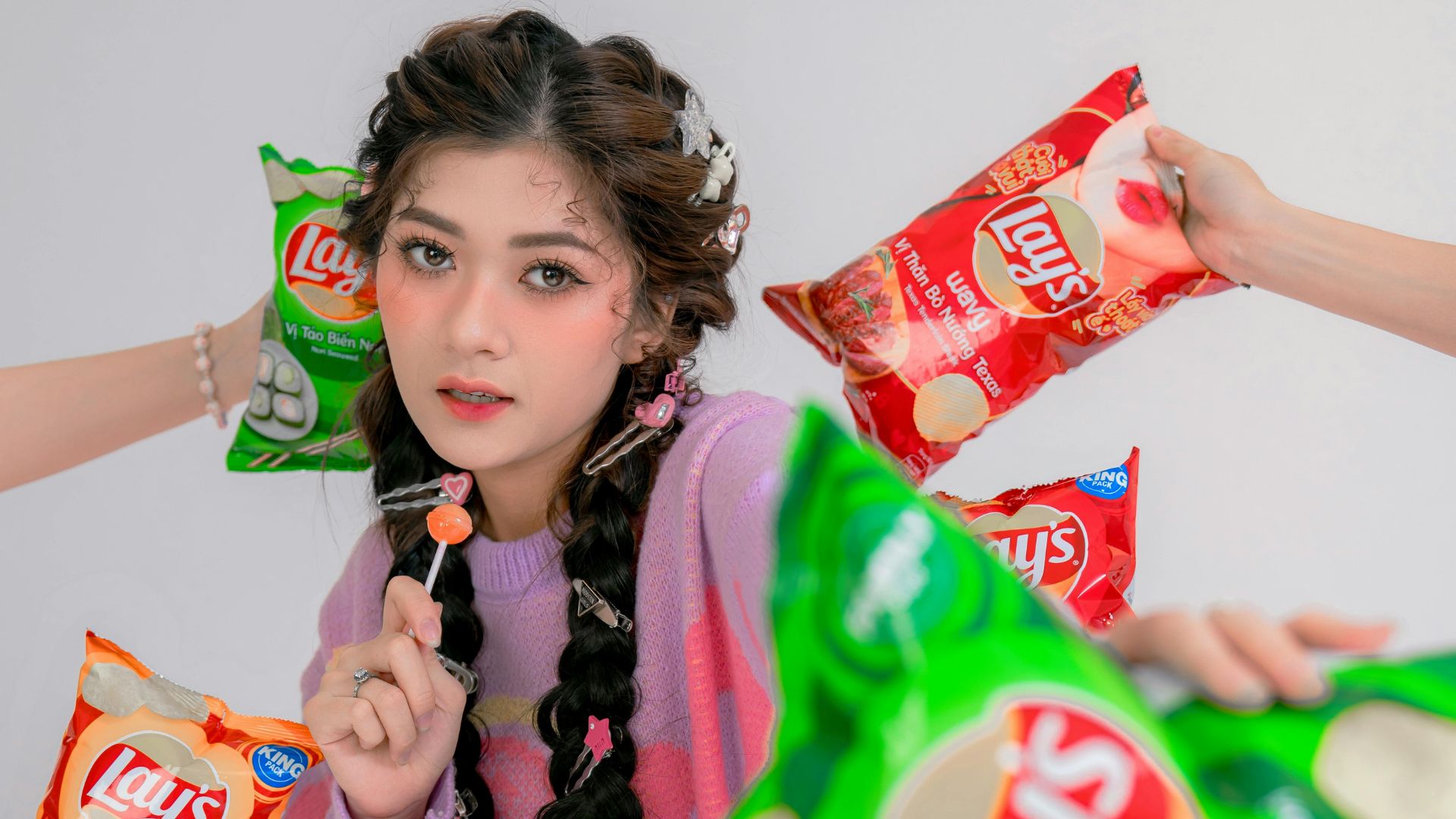
Food labels can be like that overly confident friend who swears they “never exaggerate” while telling you about their three-hour gym sessions and their “totally healthy” triple-layer cake.
Grocery shelves are filled with claims that sound saintly but crumble faster than a stale cookie under a rolling pin. “All-natural,” “low carb,” “made with whole grains,” “low-fat”—they whisper sweet promises, then sneak in sugar, fat, or empty calories like a plot twist no one asked for. And the best part? The rules behind these words are often vague enough to let potato chips parade as nature’s gift or ice cream masquerade as a health food.
So, before the next shopping trip turns into a marketing trap scavenger hunt, here’s a reality check on the most misleading food claims—served with a side of eyebrow raises.
“All-Natural” Means Healthier

The FDA has never formally defined “all-natural,” leaving room for broad interpretation. This label often appears on foods with processed ingredients and added sugars. Even potato chips and soda have used it. Calories can match regular versions, and refined sweeteners like corn syrup can still qualify under the term.
“Made With Whole Grains” Guarantees Nutrition
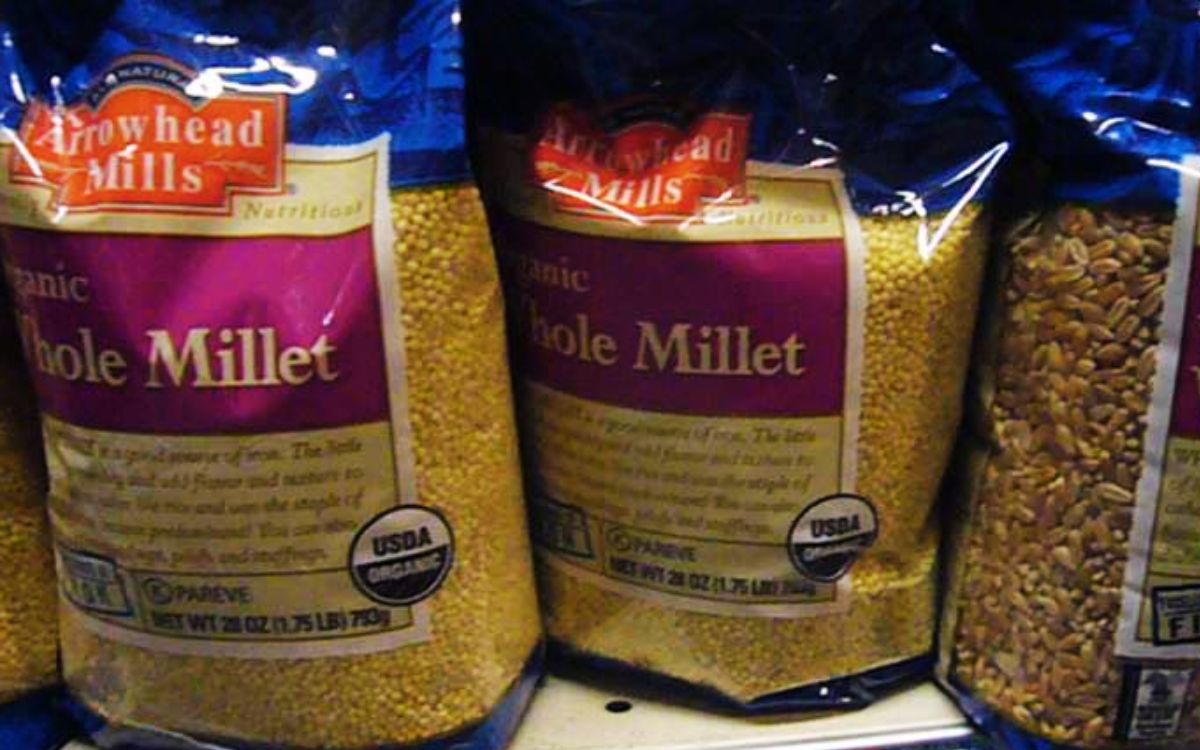
Contrary to common belief, the “made with whole grains” label can be misleading. Products may contain only trace amounts, with refined flour as the main ingredient. Even a cookie with a few oats qualifies. Some cereals marketed this way have more sugar than doughnuts, and brown color often comes from caramel coloring, not whole wheat.
“Fat-Free” Means Low-Calorie
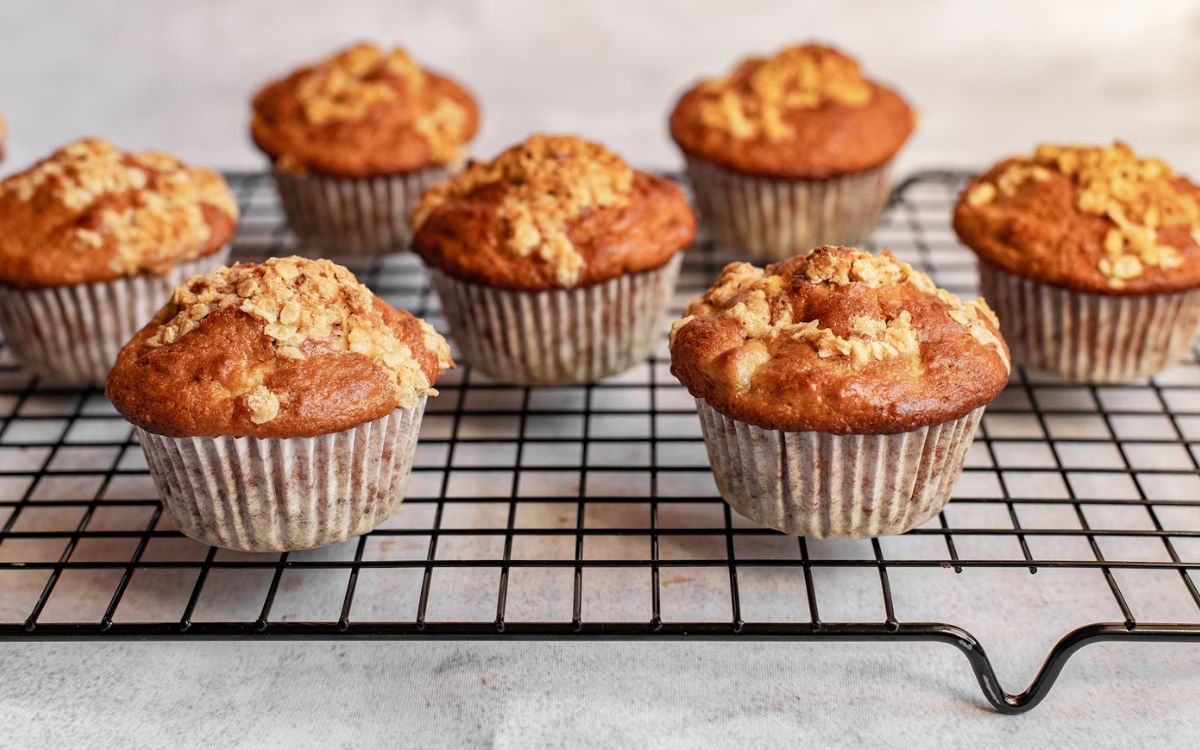
Did you know that fat-free foods are not always low in calories? As a matter of fact, removing fat often means adding sugar or starch, keeping calorie counts high, and a fat-free muffin can match a regular one in calories. Dressings may rely on gums for texture, and the lack of fat can leave you hungrier sooner.
“Sugar-Free” Means No Sugar At All
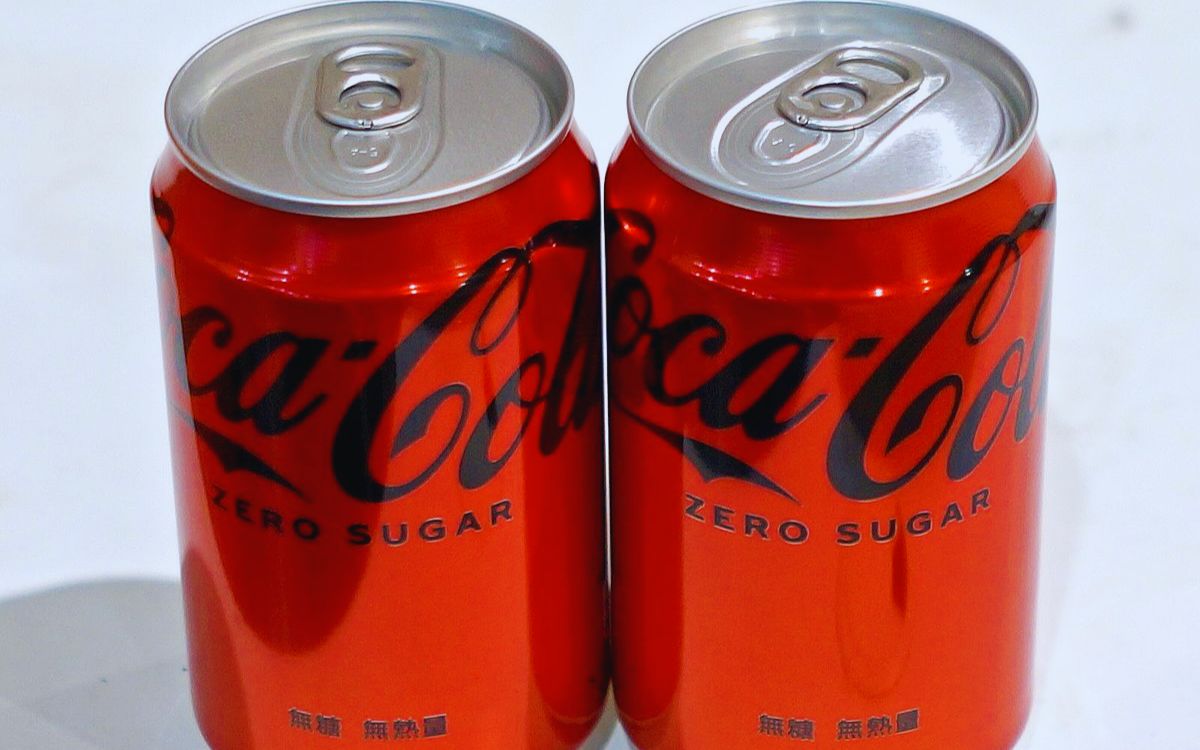
Here’s the deal: “sugar-free” doesn’t mean sugar-free. The label can still apply if each serving has up to 0.5g of sugar. Sweeteners like sorbitol and xylitol add carbs, and large amounts can cause bloating. Some items use fruit juice or syrups instead, keeping calorie content similar to sugary versions.
“Gluten-Free” Means Healthier
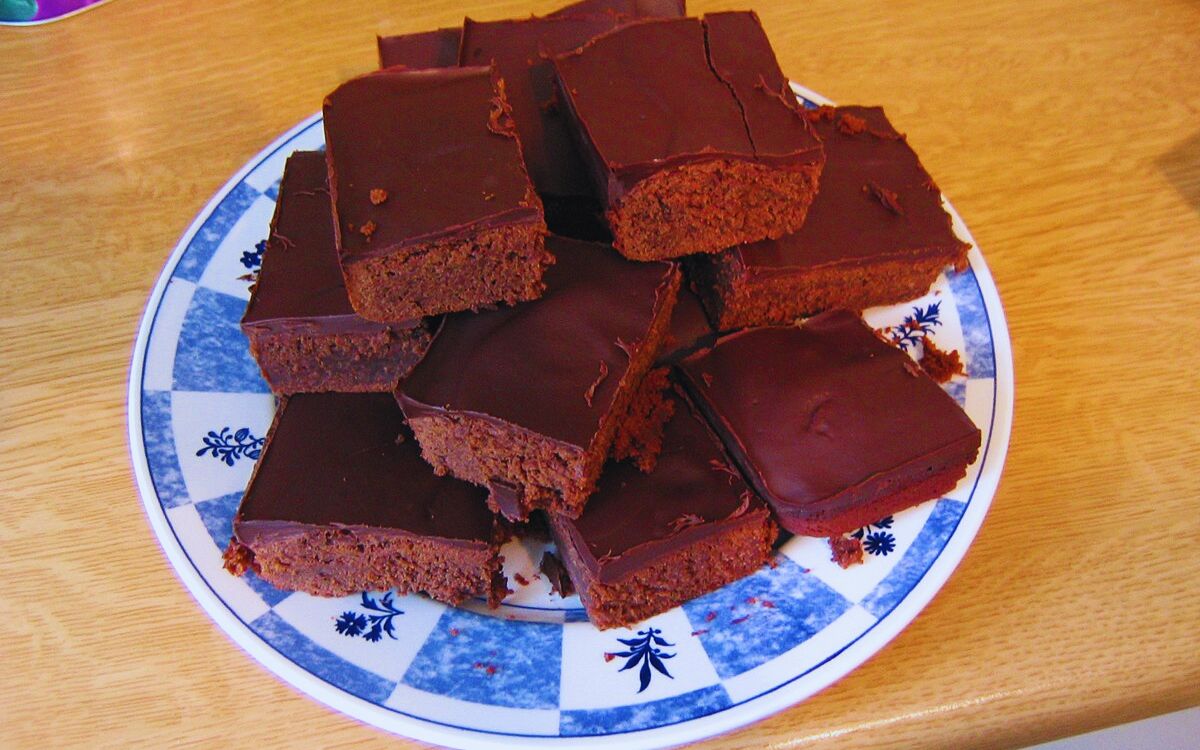
Many believe it’s a healthier option, but gluten-free labeling only indicates the absence of wheat, barley, or rye. It says nothing about nutritional value. Many gluten-free foods are higher in sugar and fat, making them calorie-dense. Rice flour, a common substitute, can cause rapid blood sugar spikes, and benefits for non-celiac individuals remain unproven.
“Low-Carb” Means Low-Calorie
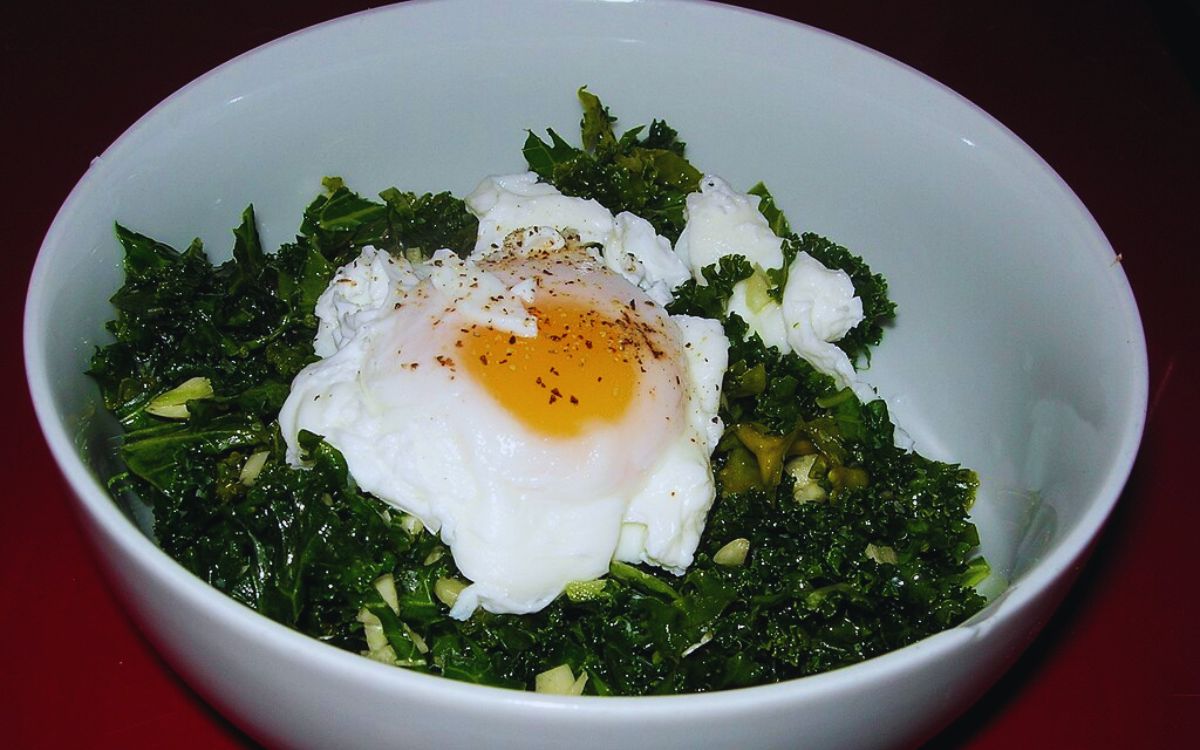
If you want to reduce your calorie intake, switching to low-carb foods might not always be the answer. Many products are high in fat, which drives calories up. “Net carb” numbers can mask real totals, as some low-carb bread exceeds whole wheat in calories. Sugar alcohols may still raise blood sugar, and certain keto snacks have more saturated fat than fast food fries.
“Organic” Means No Pesticides
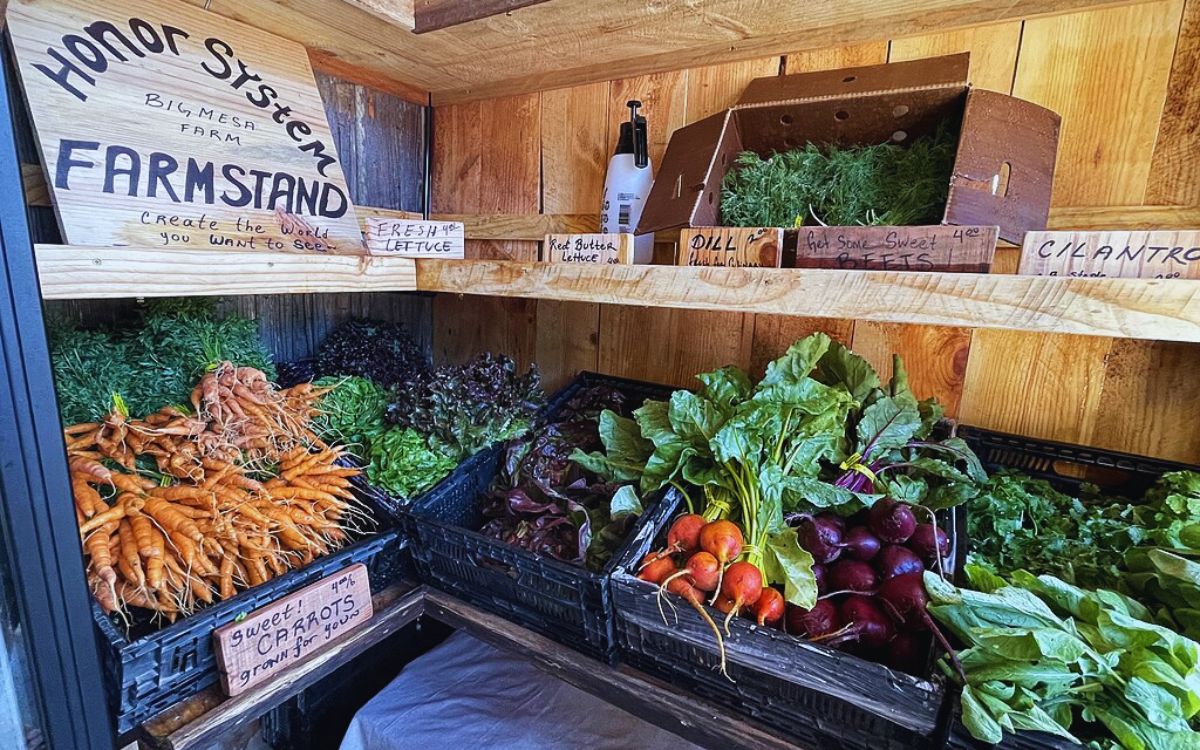
Organic farming does not eliminate pesticides. Approved natural options are allowed and can be toxic in large amounts, though safety rules apply. For example, organic strawberries may still carry chemical residue. The label reflects production standards, not health benefits, and organic candy or chips remain junk food despite the certification.
“No Added Sugar” Means No Sweeteners
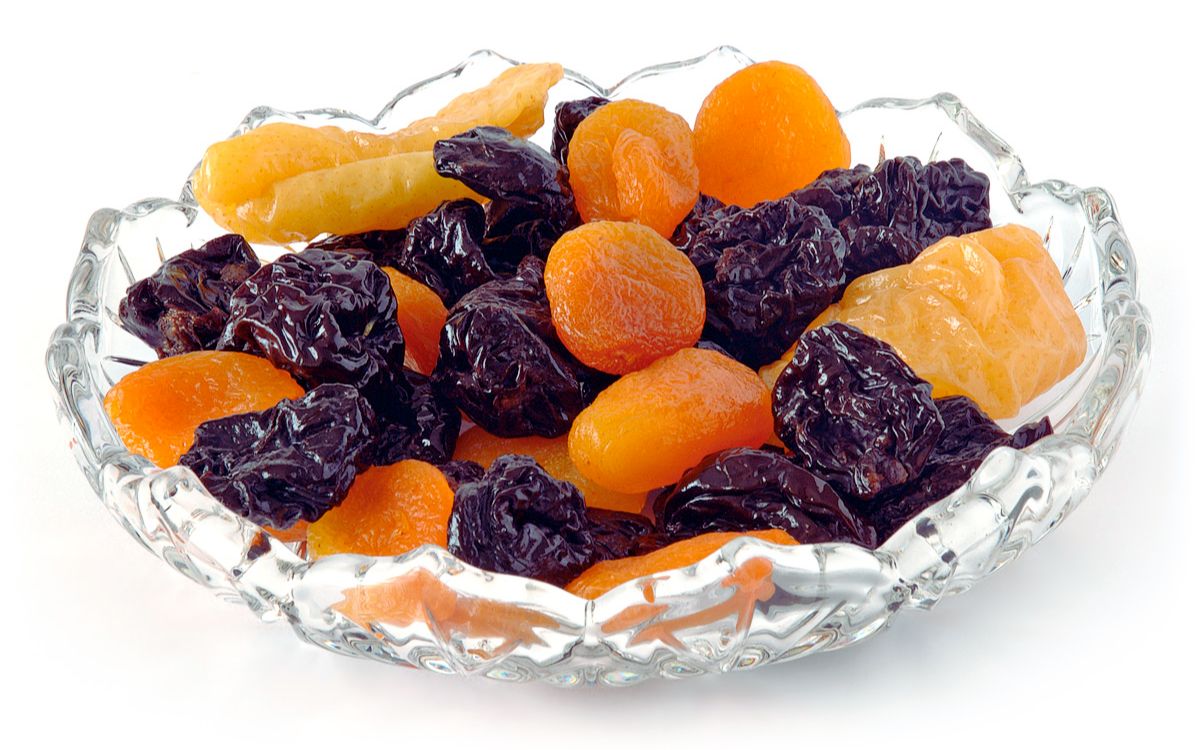
Products can be naturally high in sugar, with fruit concentrates acting as sweeteners, and still carry the “no added sugar” label. Certain juices labeled this way rival soda in sugar content. Dried fruit snacks can overload on sugar, and smoothies may exceed the recommended daily intake in a single serving.
“Low-Fat” Dairy Is Always Better
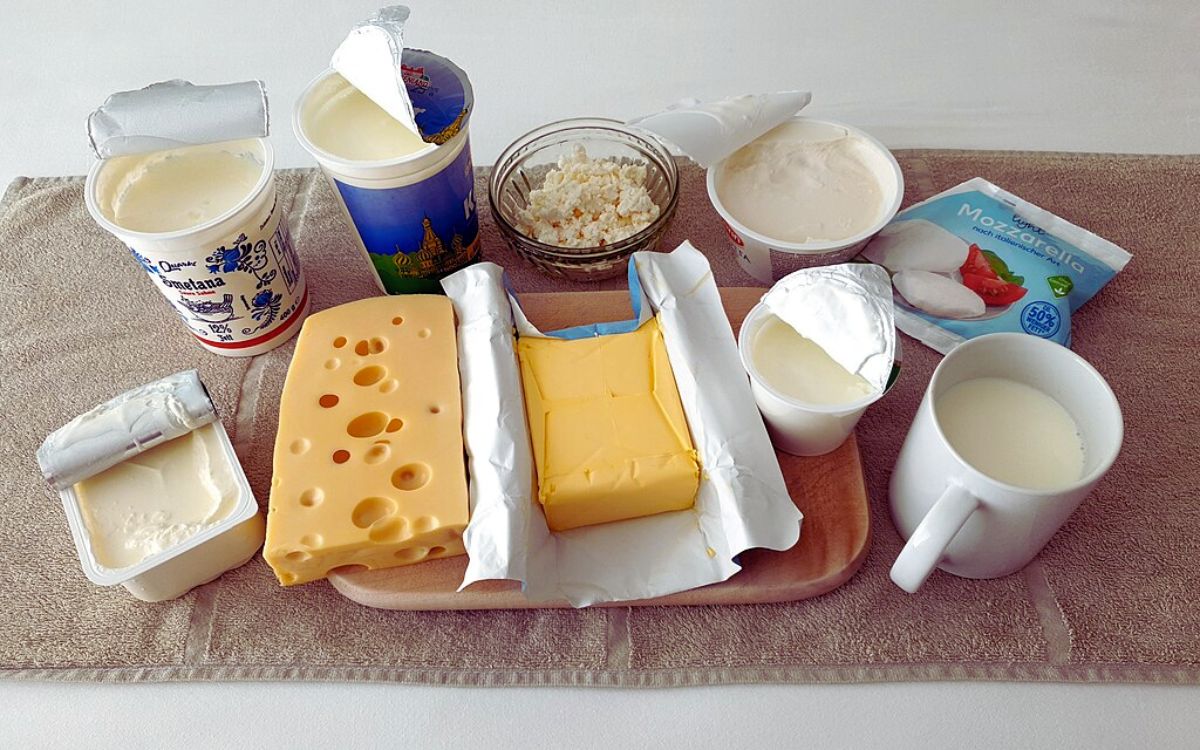
Low-fat dairy is not always the healthier choice. Sugar is often added to replace lost flavor, and removing fat reduces vitamins A and D. Skimmed milk may spike blood sugar more quickly, and many prefer the taste and texture of full-fat options. Full-fat yogurt can keep you satisfied longer.
“High in Protein” Means Healthy
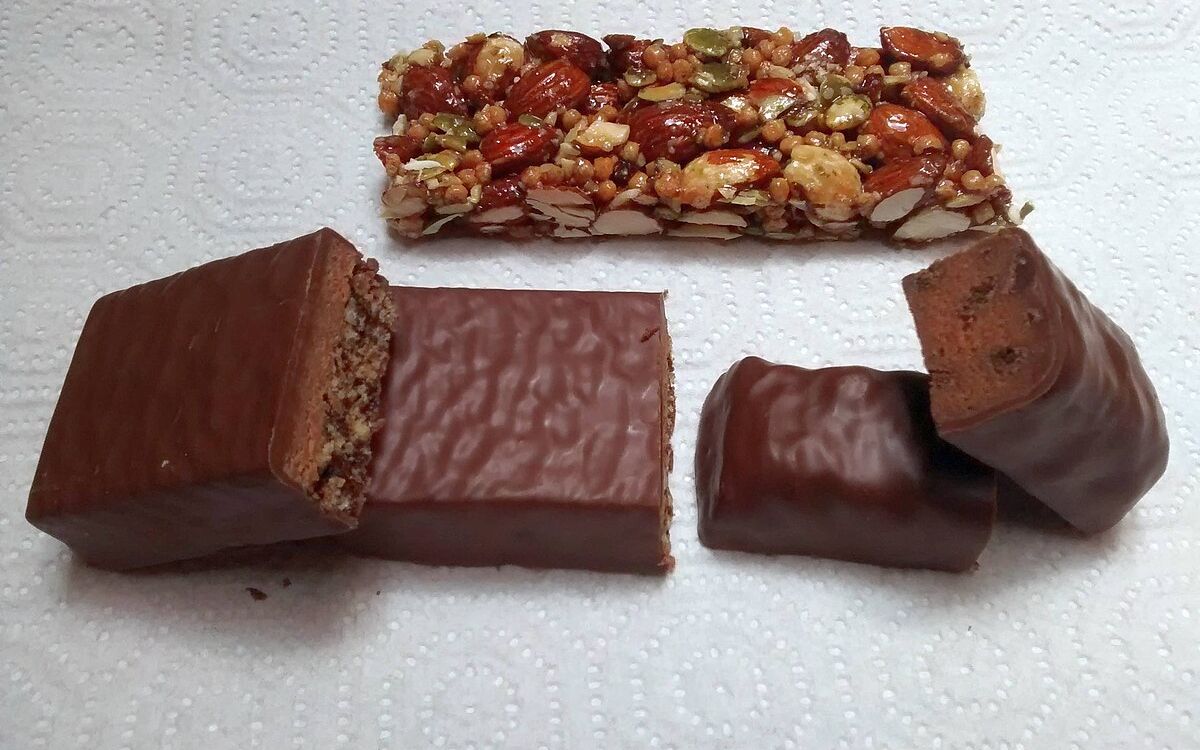
Snacks marketed with the “high in protein” claim contain high sugar, sodium, or saturated fat. Most people meet their protein needs without supplements. Some protein bars match candy bars in calories, powders can be heavily processed, and unused excess protein is stored as fat. So, “high protein” isn’t always the healthier alternative.
“Made with Real Fruit” Means Mostly Fruit
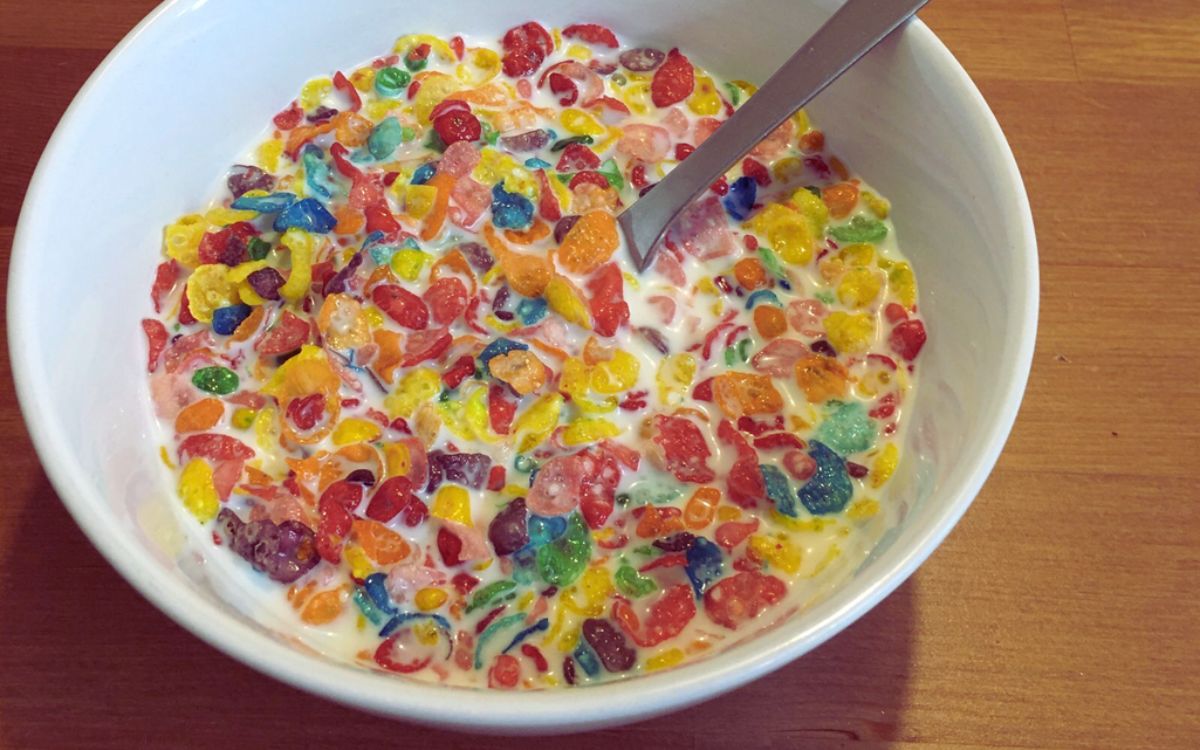
“Made with real fruit” doesn’t guarantee much fruit. A product can qualify with only a teaspoon of puree while being mostly sugar and corn syrup. Pastries often rely on flavoring instead of real pieces, and bright colors usually come from dyes rather than natural fruit pigments.
“Cholesterol-Free” Means Heart-Healthy
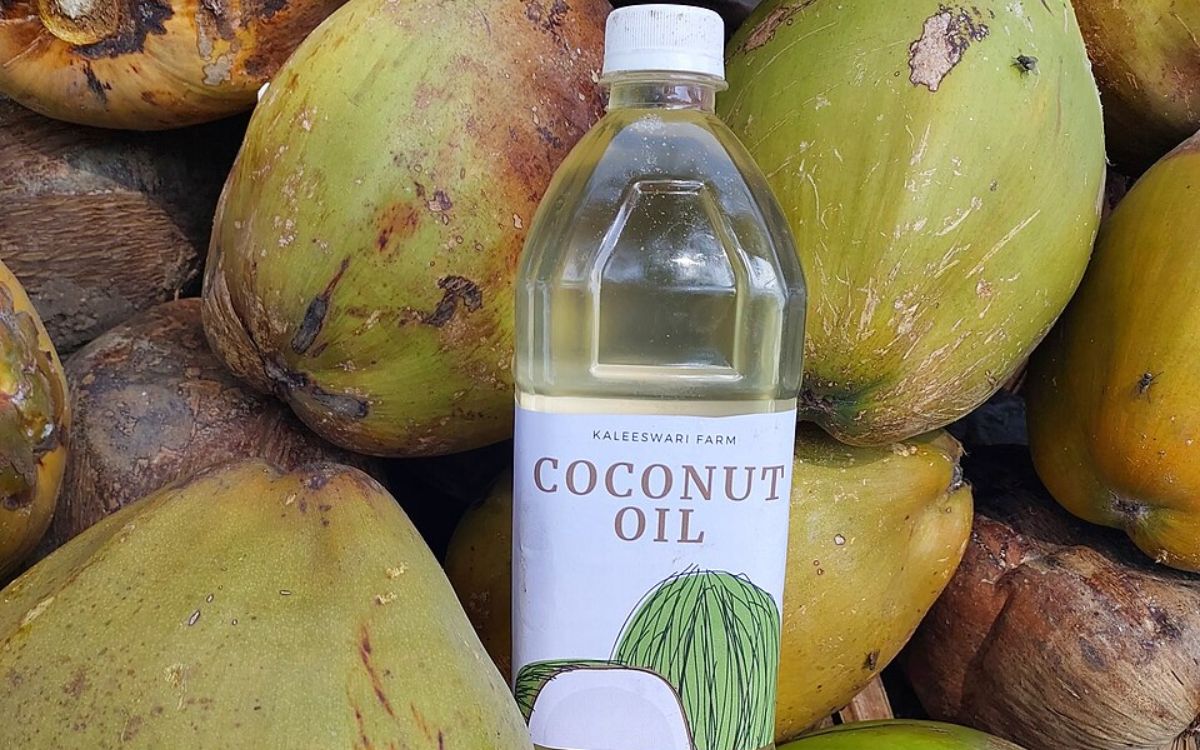
Are you trying to lose weight? Cholesterol-free labels can mislead. Many plant oils naturally lack cholesterol but may still contain harmful trans fats. Coconut oil, for example, is cholesterol-free yet high in saturated fat. Even potato chips can carry the claim while impacting heart health, and the body makes cholesterol regardless of diet.
“Baked Not Fried” Means Low-Calorie
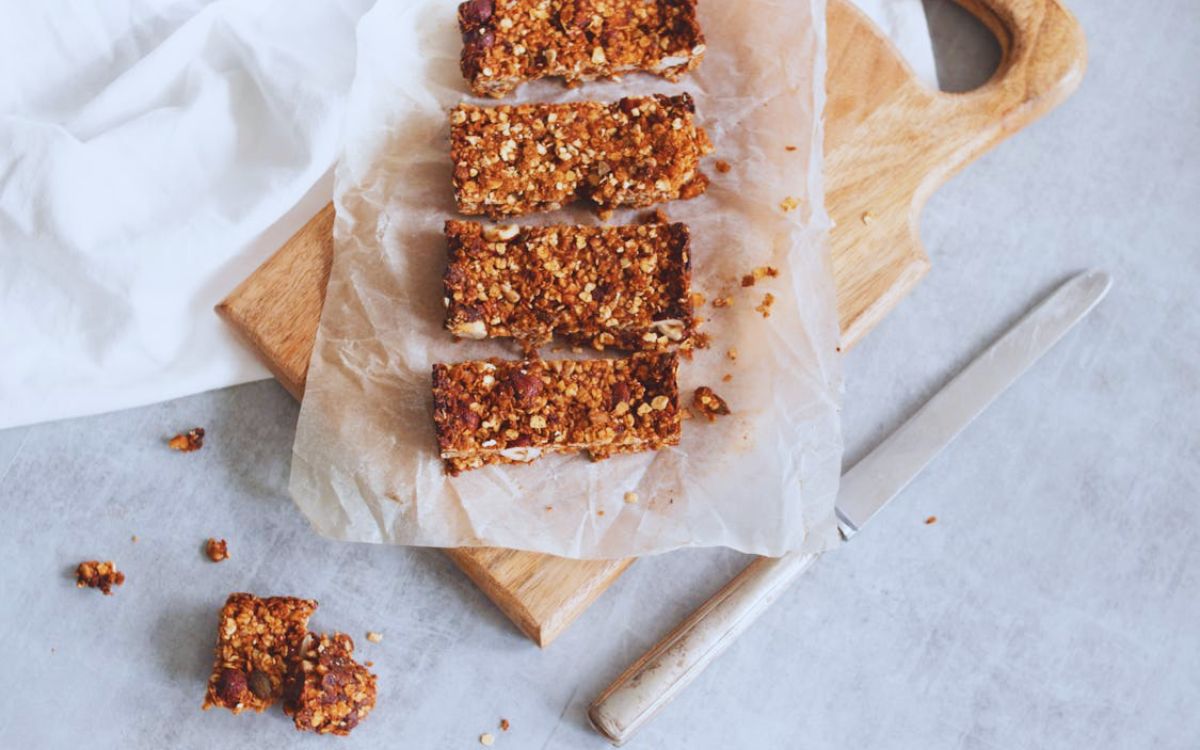
Following a healthy diet won’t happen if you simply switch to “baked, not fried” snacks. Baking cuts some fat, but added oils and sugars can keep totals high. Certain baked chips match fried ones in calories. Baked granola can be loaded with sugar, and even baked goods may still contain unhealthy trans fats.
“Farm Fresh” Means Freshly Harvested
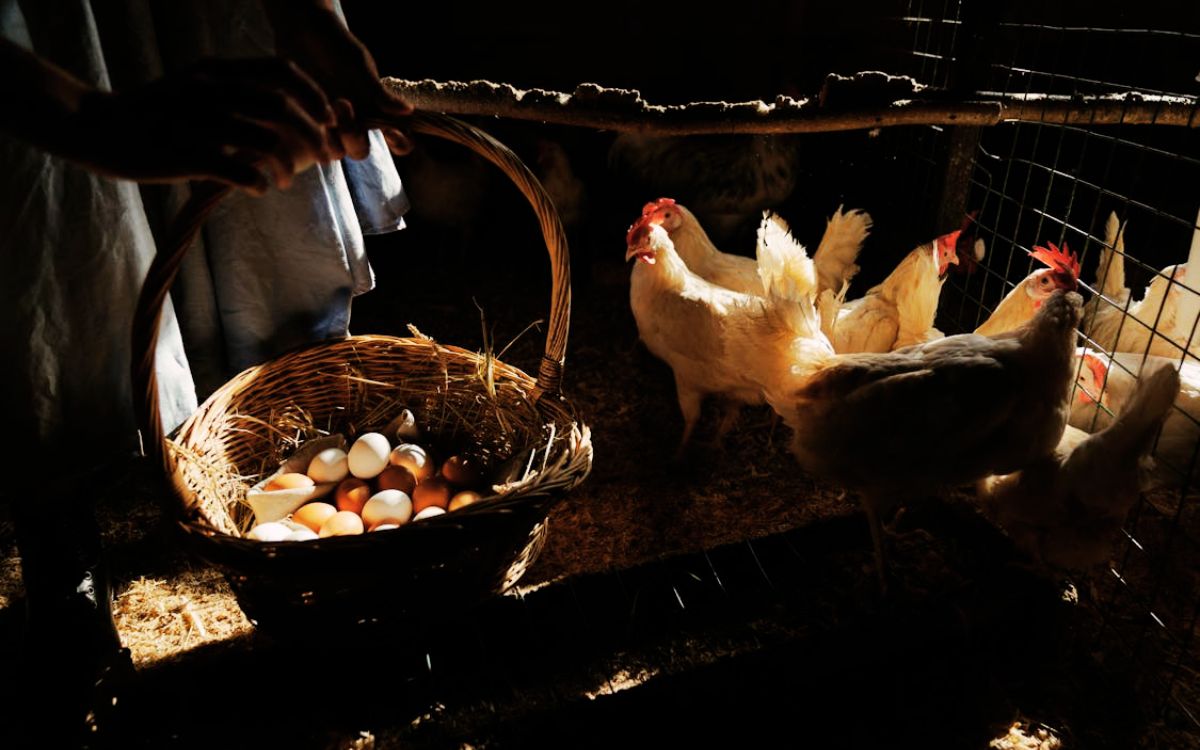
“Farm fresh” has no legal meaning, allowing it on food that traveled long distances. Eggs with the label can be weeks old, and produce may spend months in storage before reaching shelves. The phrase is purely marketing and does not reflect when the food was harvested.
“Light” Foods Are Always Lower in Calories
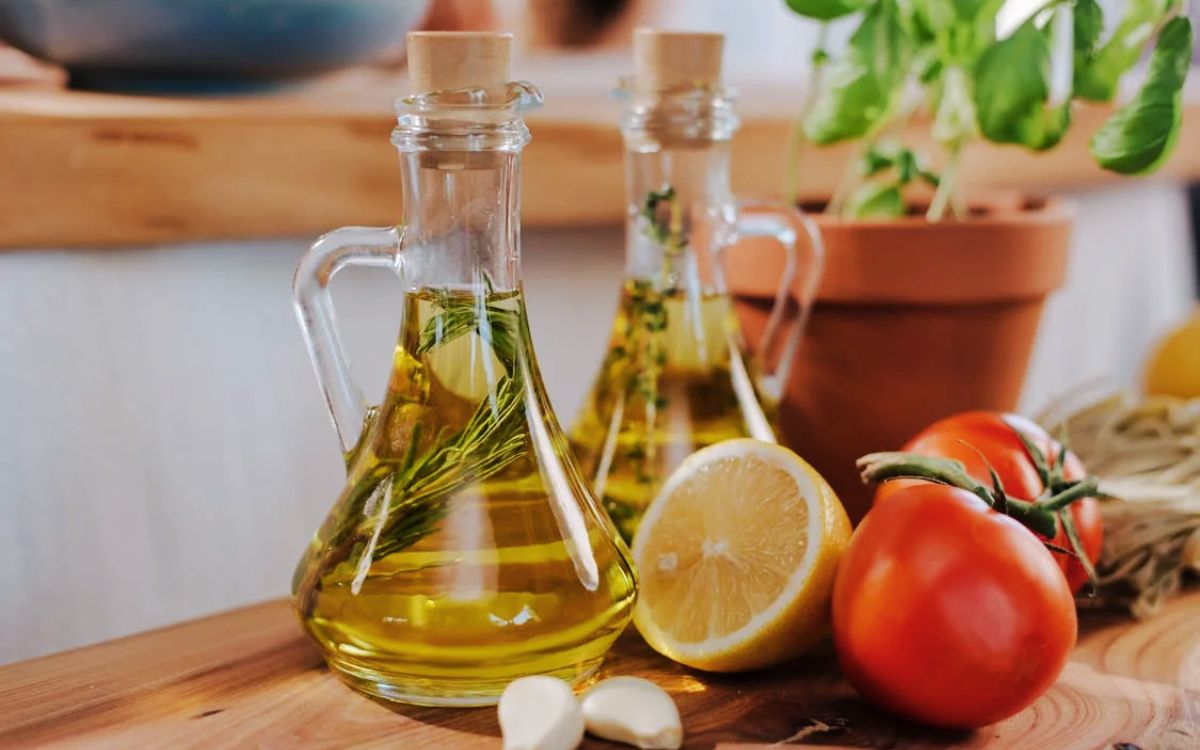
Don’t be deceived by the “light” label, as it doesn’t always mean fewer calories. It can describe color or flavor, not fat or sugar content. Light olive oil has the same calories as the regular version. Light ice cream may still pack sugar, light beer retains alcohol calories, and light cheese can have increased sodium levels.









